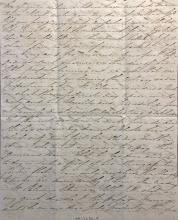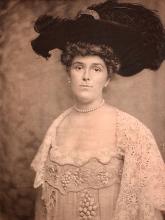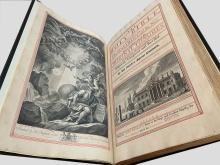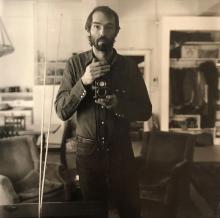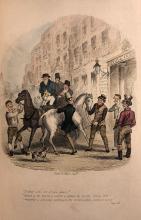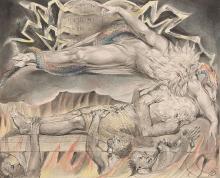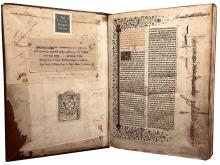Teaching Chaucer's Canterbury Tales at the Morgan
Submitted by John McQuillen on Thu, 01/16/2020 - 10:39amOne of my favorite aspects of my job as a curator at the Morgan Library & Museum is when high school and university classes come to see rare materials. The Morgan is not affiliated with a university, so, like Chaucer’s pilgrims, classes must make a bit of a trek to visit these relics.



